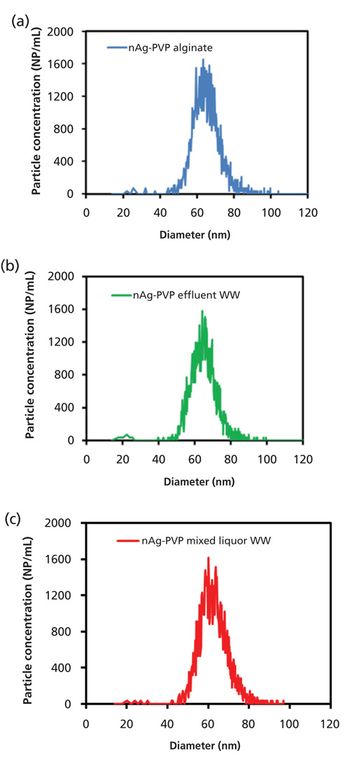
The occurrence of disinfection byproducts in natural waters poses a health risk for humans as well as aquatic organisms. This article presents a method, which was recently developed at the University of Arizona, in Tucson, Arizona, USA, for the fast and simultaneous determination of 15 regulated and unregulated disinfection byproducts.

























